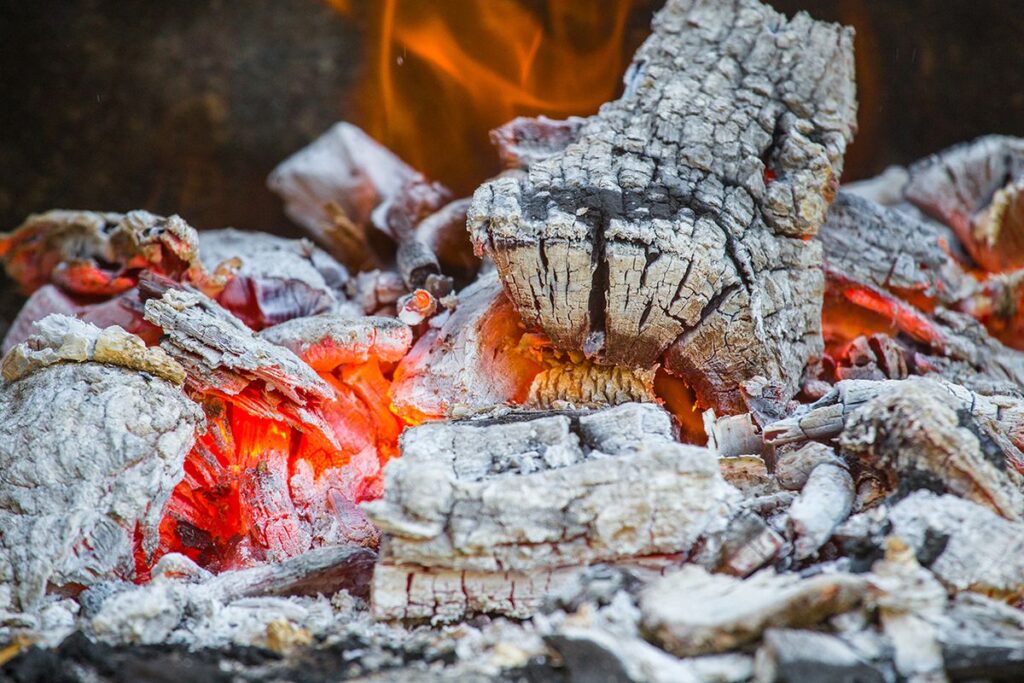
Overshadowed by events in Ukraine, this week has seen Shrove Tuesday (pancake day) and Ash Wednesday, the events that between them mark the start of Lent. Lent is traditionally kept as a time for prayer and reflection within the church as we move to Easter and, again, there is much to pray and reflect on this year. Ash Wednesday gets its name from the service that takes place on that day, when each member of the congregation is marked in ashes with the sign of the cross on their forehead. For at least for a few hours, they very publicly carry the mark of the cross on their bodies. Ash is a sign of mourning; we pick up images from the Old Testament when we talk about wearing sackcloth and ashes to mark our distress at some event. The ashes themselves are traditionally made by burning the palm crosses left over from Palm Sunday the previous year. Then they were symbols of rejoicing, as believers remembered the triumphal entry of Jesus into Jerusalem at the start of Easter, greeted by palms. Now they are turned into signs of mourning. Perhaps this speaks of the speed at which moods can change and the fickleness of our nature; Jesus welcomed as a king on Sunday, crucified as a criminal on Friday.
This Lent, we watch helplessly as the towns and villages of Ukraine are turned to ashes by a hostile army; joining those destroyed in recent years in the Middle East. We can do very little to help in that situation but the ashes of Lent stand both as symbols of our shared humanity with those caught up in that conflict and as reminders of our obligations to fight in our own communities and in ourselves against the attitudes that have led to the invasion. “From all evil and mischief, from the crafts and assaults of the Devil… Good Lord, deliver us”.